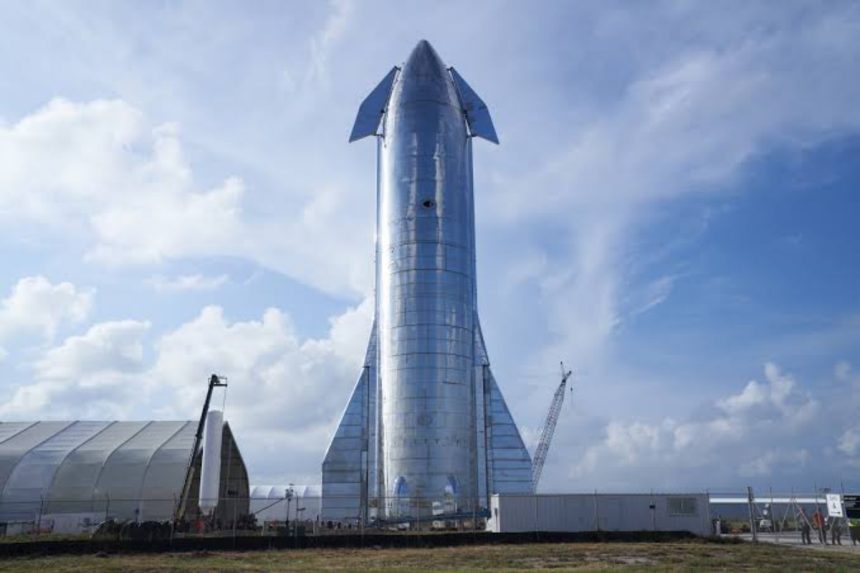SpaceX’s ambitious Starship rocket, aimed at future lunar and interstellar missions, reached a new milestone in its third test flight by traveling further in space than previous attempts.
However, the spacecraft failed to survive re-entry, losing communication and ultimately disintegrating.
The test flight, webcast live, saw SpaceX lose contact with Starship due to simultaneous satellite system failures as it re-entered Earth’s atmosphere at hypersonic speeds.
The spacecraft was close to completing its planned descent into the Indian Ocean when the incident occurred.
Despite the loss, the test flight was deemed a step forward for SpaceX’s satellite launch operations and NASA’s lunar exploration goals.
NASA Administrator Bill Nelson acknowledged the flight’s success, and SpaceX President Gwynne Shotwell celebrated the day’s achievements.
The Starship, launched from SpaceX’s Texas facility, soared to altitudes of 145 miles (234 km), surpassing its previous test flights, which ended explosively.
SpaceX’s risk-tolerant engineering culture allows for pushing the boundaries of spacecraft capabilities, learning from failures to refine the design.
The test flight successfully demonstrated several engineering objectives, including stage separation, payload door operation in orbit, and in-space propellant transfer.
However, it fell short of re-igniting the Raptor engines and returning the Super Heavy booster to Earth, a standard SpaceX practice for booster recovery.
SpaceX plans additional test flights, pending regulatory clearance, and must report each failure to the Federal Aviation Administration before resuming tests.
The ultimate goal is to ensure Starship’s safety for human spaceflight, with Elon Musk envisioning it as a versatile vehicle for moon missions and Mars colonization.





